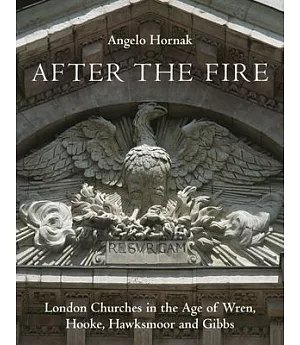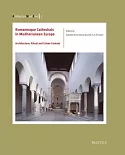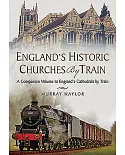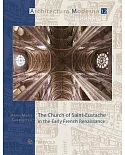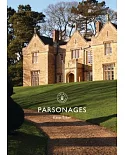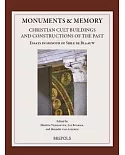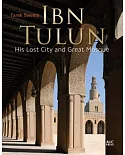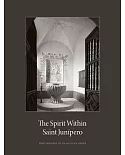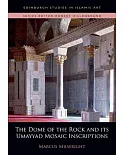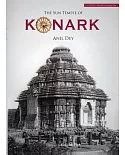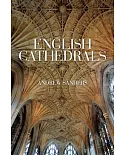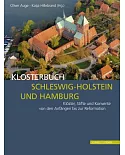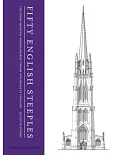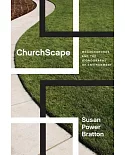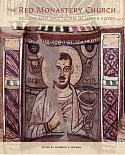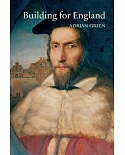The Great Fire that swept through London in 1666 is estimated to have destroyed at least 13,000 houses and some 88 churches, including St. Paul’s Cathedral. But this tragedy had a silver
lining: it presented Christopher Wren with the opportunity to create one of the most impressive groups of buildings in the history of architecture. In 1667 Wren was appointed Surveyor in
charge of rebuilding the churches. In the years that followed—and with the assistance of, among others, Nicholas Hawksmoor and Robert Hooke—he rebuilt St. Paul’s and 51 churches. There is
extraordinary variety in the solutions he adopted to solve the problem of building rational, classical buildings on irregular medieval sites. He also had the good fortune of being able to
call on craftsmen of exquisite skill. The other central event in the story of London’s churches is the Fifty New Churches Act of 1710. 50 was optimistic; but the dozen or so "Queen Anne
Churches" which resulted from the Act were wonderful. The book closes with the more restrained churches built by James Gibbs, whose St. Martin-in-the-Fields, completed in 1724, became the
prototype for many colonial churches, especially in North America, over the next 100 years.

